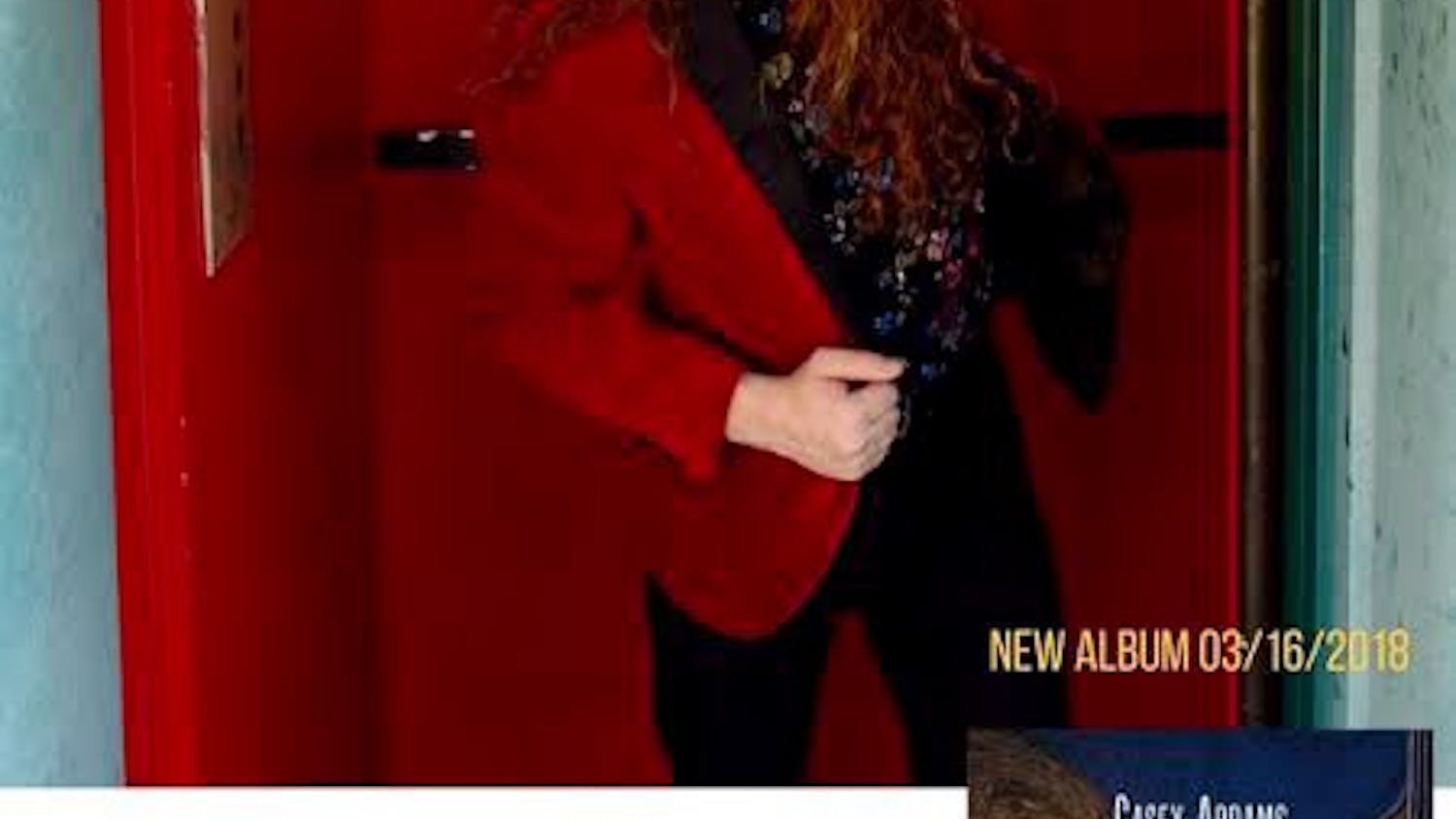Music aficionados gathered for the music of famous avant-garde composer John Cage - an icon whose most famous work, "4'33," consists of the audience's rumbling stomachs, rustling programs, and a loud sneeze.
Cage's work was performed at the Hallwalls Contemporary Arts Center on Wednesday night. The UB Contemporary Ensemble performed "4'33," along with many of Cage's early works, and this performance was the first in a three-part concert series celebrating Cage's 100th birthday.
The 55-minute performance was conducted by UB assistant professor of music, Tom Kolor, and featured the first eight famous works of Cage's catalog.
The 10-man ensemble consisted of UB graduates and faculty members, but a majority of the concert had either a single musician or a portion of the group performing. The entire ensemble didn't play together until the final piece.
According to Kolor, this is how Cage would've wanted his music to be performed. He abided by a non-standard use of musical instruments, meaning he never specified which instruments his compositions should be played on. Cage also omitted dynamics from his works. He left it up to the performer to decide how to play it and what instrument to use.
Kolor also asked the audience to not applaud after the end of any of the pieces in order to add cohesiveness to the performance.
"We went chronologically through Cage's first published works, so we did not know if the music would have a nice dramatic flow until the dress rehearsal," Kolor said.
The concert covered Cage's works up until 1952, when he composed his most famous work, "4'33." This piece presents the epitome of Cagean thought, and consists of the musicians not playing a single note for 4 minutes and 33 seconds.
"Cage's whole premise was [that] there is no such thing as true silence," Kolor said. "His idea [consisted of getting] as much enjoyment out of opening your window, hearing cars go by, or a dog barking, as you can listening to a Beethoven sonata. It's the same, it's sound."
Cage became fascinated with Zen Buddhism and believed that if people simply wake up to what is around them, the world then becomes more vibrant and beautiful.
Several audience members were confused during this part of the show. The program noted the whole ensemble would play together for the final piece, but no one was playing. All that could be heard were random sounds in the crowd.
"I was trying so hard to be quiet, even the tiniest noise was amplified in the room," said Liz Kivela, a junior business major.
The instruments used in the performance were also intriguing. Two percussionists, Liz Holland and Michelle Purdy, played a two-voiced canon with solo accompaniment by Kolor. They played on xylophones and other mallet instruments, but also used bamboo rods to create a type of wood-block pitch.
Later in the show, Kolor performed a solo piece titled "Suite for Toy Piano," where he played on a baby-sized piano. Most members of the audience did not even see the piano until Kolor kneeled down to play it.
Two other percussionists, Jason Bauers and Robert Fullex, both music performance graduate students, also played a piece with Kolor. They have been playing in and out of the Contemporary Ensemble throughout their years at UB.
"This is our seventh year playing for this concert," Bauers said. "Tom just asked us to play this piece and we put it together in about a month."
Kolor explained that he never really has to worry about the musicians in this group. The group is loosely formed, but each musician's skills allow them to adapt to the avant-garde nature of Cage's work.
The ensemble's next performance will take place April 19 at Villa Maria College.
Email: arts@ubspectrum.com





